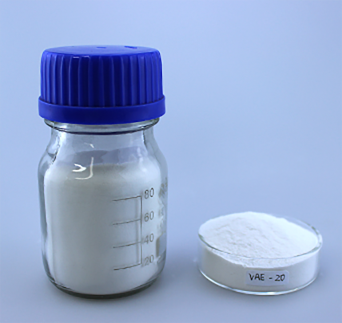
Dec . 12, 2024 10:51 Back to list
cellulose ether
Exploring Cellulose Ethers Versatile Polymers for Modern Applications
Cellulose ethers are a unique class of biopolymers derived from cellulose, the most abundant organic polymer on Earth. Their versatility and range of properties make them valuable in various industries, from pharmaceuticals to food production and cosmetics. This article delves into the nature, production, properties, and applications of cellulose ethers, highlighting their significance in modern materials science.
Understanding Cellulose and Its Derivatives
Cellulose is a polysaccharide composed of glucose units linked by β-1,4-glycosidic bonds. It forms the structural component of plant cell walls, providing rigidity and strength. Cellulose ethers are created by chemically modifying cellulose, wherein hydroxyl groups (-OH) on the glucose units are replaced with ether groups. This modification alters the solubility, viscosity, and other physical properties of cellulose, allowing for a broad range of industrial applications.
Production of Cellulose Ethers
The production of cellulose ethers generally involves the alkalization of cellulose, followed by etherification. In the alkalization step, cellulose is treated with an alkaline solution, making the hydroxyl groups more reactive. Subsequently, etherifying agents such as methyl chloride, ethyl bromide, or propylene oxide are introduced to form the etherified products. The most common cellulose ethers include methylcellulose, hydroxypropyl cellulose, and carboxymethyl cellulose, each distinguished by the type and degree of substitution on the cellulose backbone.
Properties of Cellulose Ethers
The modification of cellulose significantly alters its physical and chemical properties. Cellulose ethers are typically soluble in water and organic solvents, depending on their structure. For instance, methylcellulose is known for its exceptional water solubility and non-ionic characteristics, making it a preferred thickening agent in various applications. Hydroxypropyl cellulose boasts thermoreversible gel formation, which is beneficial in pharmaceutical formulations. Moreover, the viscosity and gel consistency can be fine-tuned by adjusting the degree of substitution and the molecular weight of the cellulose ether, allowing for tailored solutions for specific applications.
Applications Across Industries
cellulose ether

1. Pharmaceuticals In the pharmaceutical industry, cellulose ethers are extensively used as excipients in drug formulations. They serve as binders, film-formers, and controlled-release agents, ensuring stable and effective delivery of active pharmaceutical ingredients.
2. Food Industry Cellulose ethers are employed as food additives, enhancing texture, stabilizing emulsions, and acting as thickening agents. They are commonly found in sauces, dairy products, and baked goods, where they contribute to improved mouthfeel and shelf life.
3. Cosmetics and Personal Care The cosmetic industry utilizes cellulose ethers for their film-forming, thickening, and stabilization properties. These polymers are present in products ranging from shampoos to lotions, where they enhance product viscosity and provide a pleasant application experience.
4. Construction In the construction sector, cellulose ethers such as methylcellulose are added to cement and plaster mixtures to improve workability, adhesion, and water retention, ensuring superior performance of construction materials.
Environmental Considerations
As biodegradable materials, cellulose ethers offer an environmentally friendly alternative to many synthetic polymers. Their origins from renewable resources—plant cellulose—make them attractive in the push for sustainability. Furthermore, as industries increasingly move towards green chemistry principles, cellulose ethers have gained prominence due to their natural origin and compatibility with biodegradable systems.
Conclusion
Cellulose ethers represent a remarkable class of materials that bridge the gap between natural and synthetic polymers. Their diverse properties and functionalities facilitate innovative solutions across multiple industries. As research continues to explore the potential of cellulose ethers, their role in eco-friendly and sustainable practices is poised to expand, cementing their place as essential components in our daily lives. Whether in pharmaceuticals, food, cosmetics, or construction, cellulose ethers are indeed versatile polymers shaping the future of modern applications.
-
Versatile Hpmc Uses in Different Industries
NewsJun.19,2025
-
Redispersible Powder's Role in Enhancing Durability of Construction Products
NewsJun.19,2025
-
Hydroxyethyl Cellulose Applications Driving Green Industrial Processes
NewsJun.19,2025
-
Exploring Different Redispersible Polymer Powder
NewsJun.19,2025
-
Choosing the Right Mortar Bonding Agent
NewsJun.19,2025
-
Applications and Significance of China Hpmc in Modern Industries
NewsJun.19,2025







